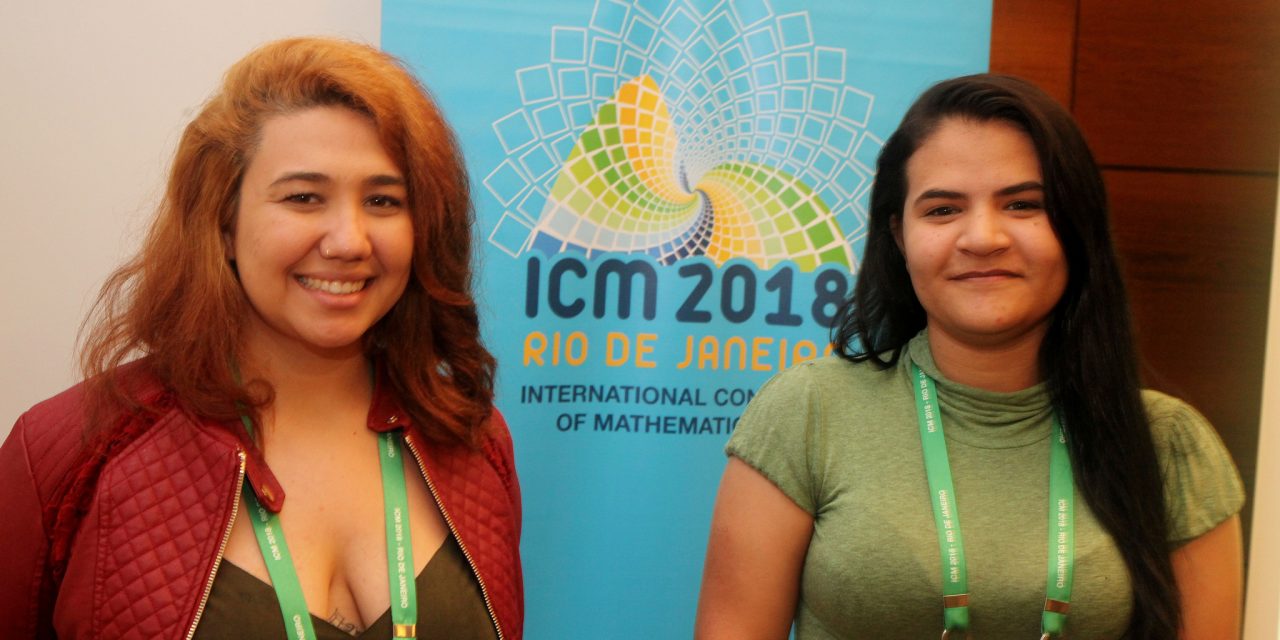August 3, 2018, 6:01 pm

Sofia Kovalevskaya has always been a big influence on the mathematical career of Nepalese mathematician Bhadra Man Tuladhar. The founder of Kathmandu University and two-times president of the Nepal Mathematical Society, said his studies in Russia had a profound influence on his professional development.
“I am a graduate of Russia, and as such it becomes my duty to tell the stories of our prominent Russian mathematicians,” he says. He said Sofia Kovalevskaya inspired his thesis. “When I was a student in Russia, I used to see her picture on the wall’s of my university.”
Read more:
Kovalevskaya, like Tuladhar, also received inspiration from the walls around her. When she was a child, a wallpaper shortage meant that the walls in her home were temporarily covered with her lecture notes Ostrogradsky from her father’s university days. She went on to become the first women in modern Europe – and as such, in the whole world – to earn a doctorate in mathematics, as well as winning the prestigious Prix Bordin.
While female participation in mathematics and science at higher education levels is notoriously lower than male participation, researchers from the University of Brasilia (UnB) believe that this is gradually improving. Hanna Carolina da Silva Rezende and Melissa de Sousa Luiz, presented their study that showed increasing female participation in mathematics degrees since their inception at UnB. However, the gender gap widens at masters and doctoral math programs. Undergraduate studies, still far from an equal gender split, have the highest levels of female participation. “As you reach higher degrees, the less and less women you see,” said Sousa.
Rezende and Sousa do not blame UnB or any other higher education institution for the gender imbalance in academic mathematics. “We don’t actually think that this is the biggest problem [with this data],” said Rezende. “We are studying this at a university level, but it really begins before this.”
“If you don’t have people enrolled at undergraduate, you obviously can’t have them enrolled in masters or doctorates,” added Sousa. The first woman to earn a mathematics masters from UnB was in 1973, almost a decade after the first man did so. The gap is even greater for doctorates: the first man to earn a mathematics doctorate from UnB did so in 1978, while it took another 17 years for a women to earn a doctorate in the area.
But neither Sousa nor Rezende are despairing at their findings; on the contrary, both believe that their results show the scenario is “getting better, really slowly”.